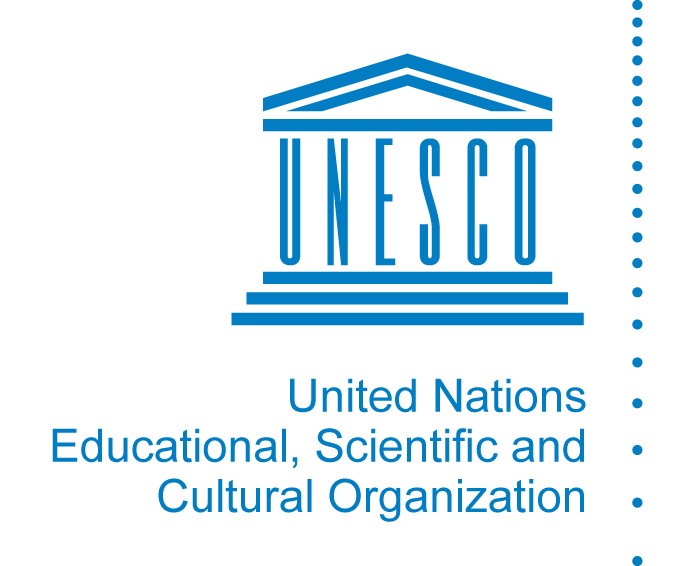Media are fundamental to the principles of freedom and democracy. Securing the right for individuals to express themselves and voice their opinions is fundamental to these principles. This right, however, co-exists with other fundamental rights that individuals hold, including the rights to not be discriminated against or violated. Government and media in this context need to balance these rights, including through (self) regulation.
Media regulation refers to the overall process of providing parameters or guidance through codes and procedures, applied by governments and other political and administrative authorities to various media activities (University of Leicester. ND).
Regulatory frameworks could be formal or informal. Formality is defined by three aspects: 1) whether or not it is established in law; 2) whether provisions carry enforceable penalties (financial or otherwise); and 3) whether it is permanent or temporary. Formal regulations could provide obligatory instructions about the structure, conduct or content of media. As an example, regulations could serve to limit monopoly ownership or media cross-ownership; to control the amount of advertising on television or to set requirements to receiving license for television or radio. Legal requirements of general application de facto help to regulate media, including prohibitions against libel and defamation, laws protecting privacy, laws concerning intellectual property rights, and prohibitions against incitement to violence or racial hatred, pornography or obscenity. Specific media regulatory frameworks could in some cases provide guidelines for media professionals, such as in the UK (Article 19, No Date) or set clear prohibitions on specific types of content, such as in New Zealand (Government of New Zealand, 2018) which includes a prohibition on cases of domestic violence.
Informal regulations and self-regulation are based on voluntary compliance, which often result from increasing pressures toward compliance from colleagues, clients, audiences, advertisers and other industry stakeholders. Leading media bodies (national, regional, international) may also be important partners in this regard, even if they do not enjoy complete regulatory reach among their constituencies.
